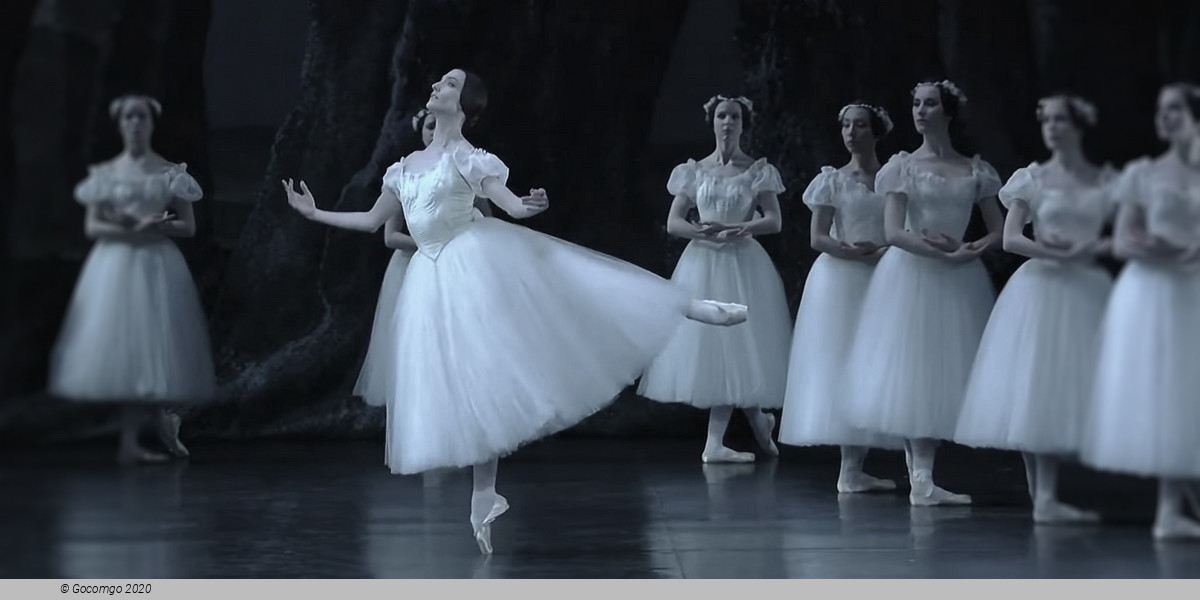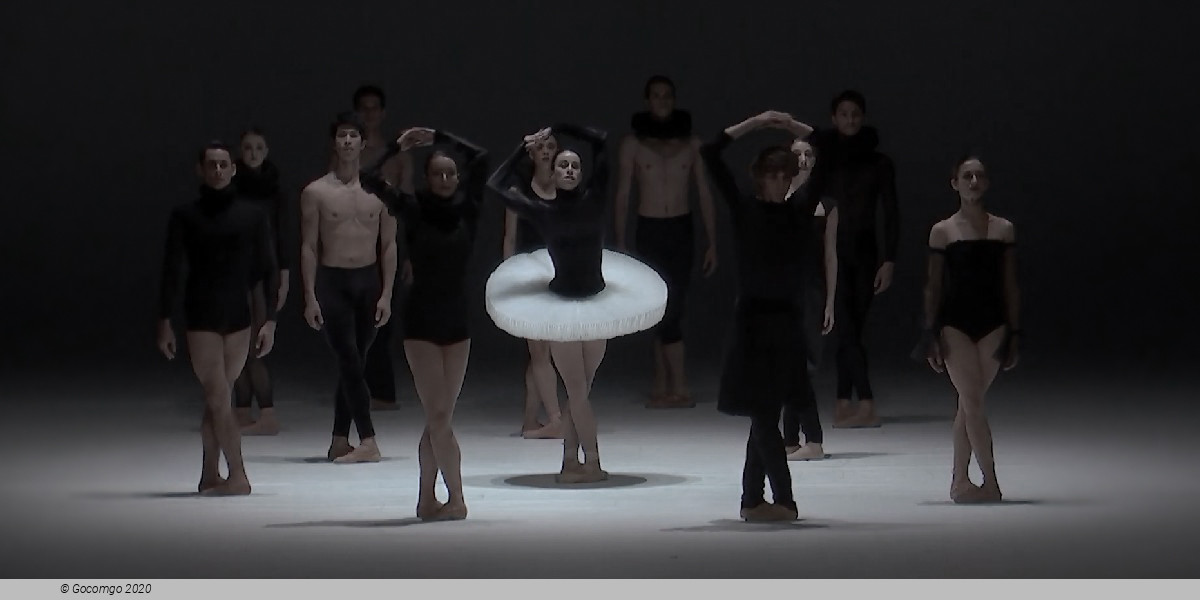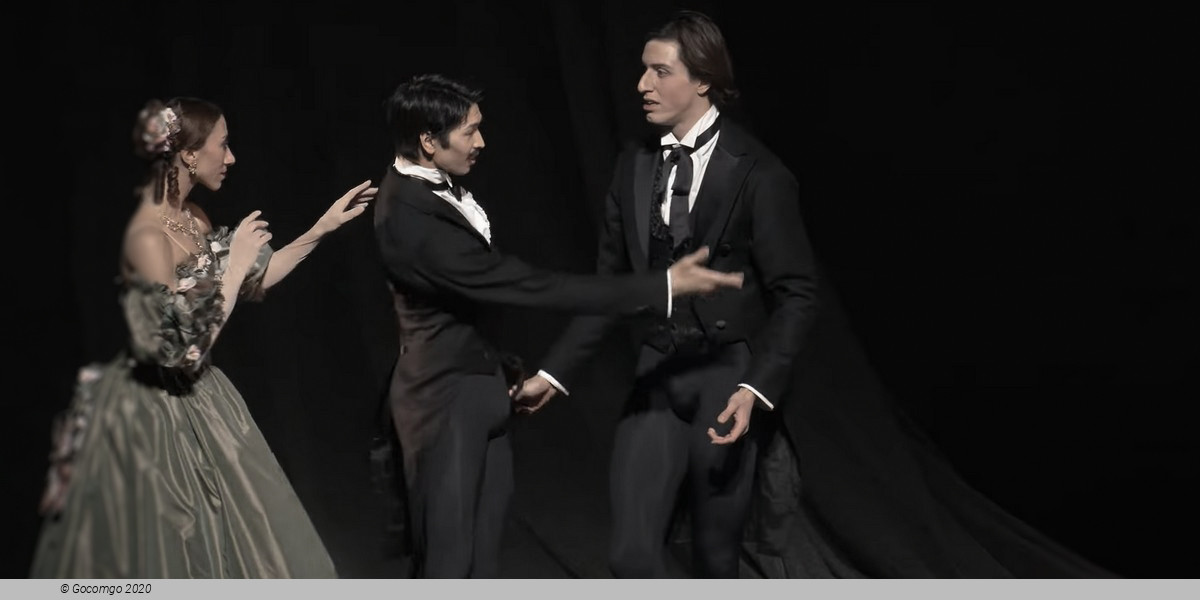Events51 results
About
When looking at the history of the Viennese ballet, there are frequently periods in which the ensemble had a leading role among the world's ballet companies. Furthermore, there were eras when it was groundbreaking for the art genre itself.
An empress was the initiator of this development: Eleonore Gonzaga, spouse of Emperor Ferdinand IInd, performed a ballet in Vienna for the first time in 1622 – nearly 400 years ago. This led to a first prime of the new art genre, which at that time was only performed by aristocracy. This »noble« ensemble, into which professional dancers were only gradually integrated, was directed by the respective emperor himself. Only at the beginning of the 18th century a purely professional company had formed.
Among the dancers and choreographers who worked in Vienna are personalities, whose names have become legends. Their different origins emphasize the internationality of the art genre. Santo and Domenico Ventura, Gasparo Angiolini, Gaetano Vestris, Salvatore Viganò, Jean Coralli, Filippo, Marie and Paul Taglioni, Carlotta Grisi and Fanny Cerrito were from Italy, Jean Georges Noverre, Louis Duport, Jean Aumer and Jules Perrot from France, August Bournonville and Lucile Grahn from Denmark and Heinrich Kröller was from Germany. Among the Austrians, who have written ballet history, are Franz Hilverding, Fanny Elßler, Josef Hassreiter, Grete Wiesenthal and Erika Hanka. Under Josef Hassreiter – the creator of the world success »Die Puppenfee« – both an institutionalized ballet school and a national ensemble were founded in the second half of the 19th century. Since then, mostly Austrian artists have dominated the Viennese ballet; however, different international personalities incorporated highlights. As a famous representative of these international artists, Rudolf Nureyev must be mentioned.
Ballet directors who have shaped the Wiener Staatsoper since its re-opening in 1955 were Erika Hanka, Aurel von Milloss and Gerhard Brunner. Between 1995 and 2005, Renato Zanella was ballet director and chief choreographer of the ballet of the Wiener Staatsoper. With the aim of increasing the performance possibilities, ballet director Gyula Harangozó initiated the merging of the ballet ensemble of the Wiener Staatsoper and the Volksoper Vienna in 2005.
Thanks to the appointment of Manuel Legris as director of the Wiener Staatsballett in 2010, new artistic perspectives have opened up for the ensemble so rich in tradition. After ten very successful seasons and many international tours the Swiss-born dance artist Martin Schläpfer, whose most recent achievment has been to lead the multi award-winning Ballett am Rhein Düsseldorf Duisburg to rank as one of the great companies of the world, succeeded Manuel Legris on 1 September 2020.





